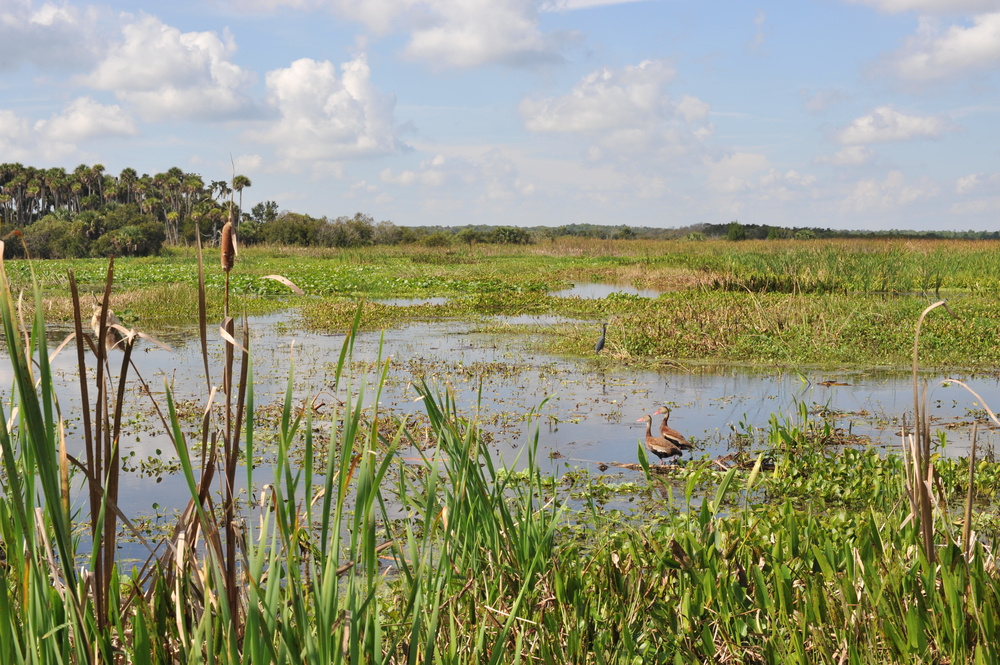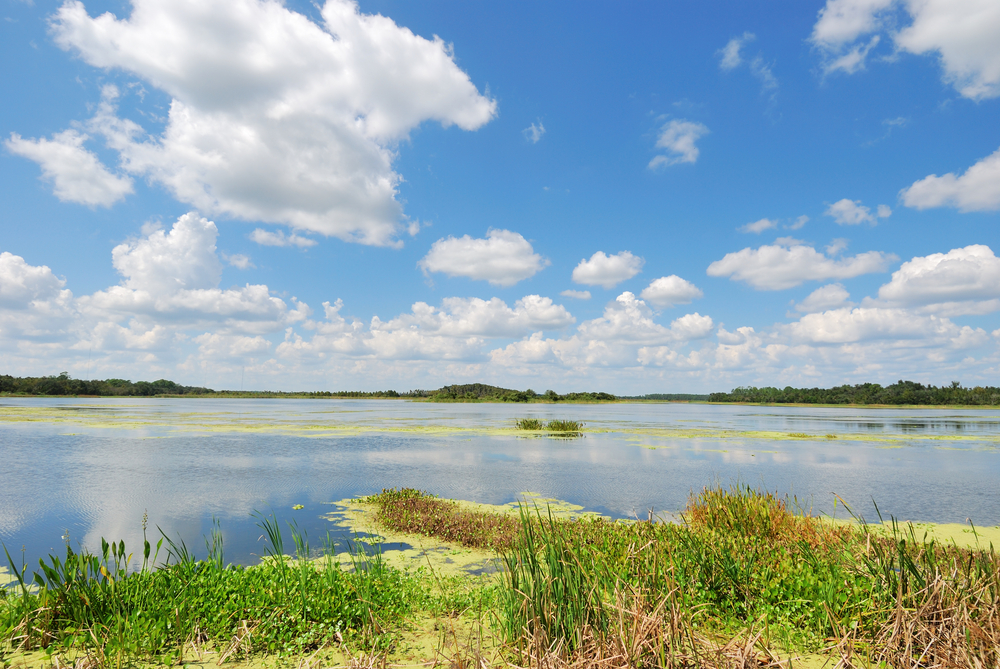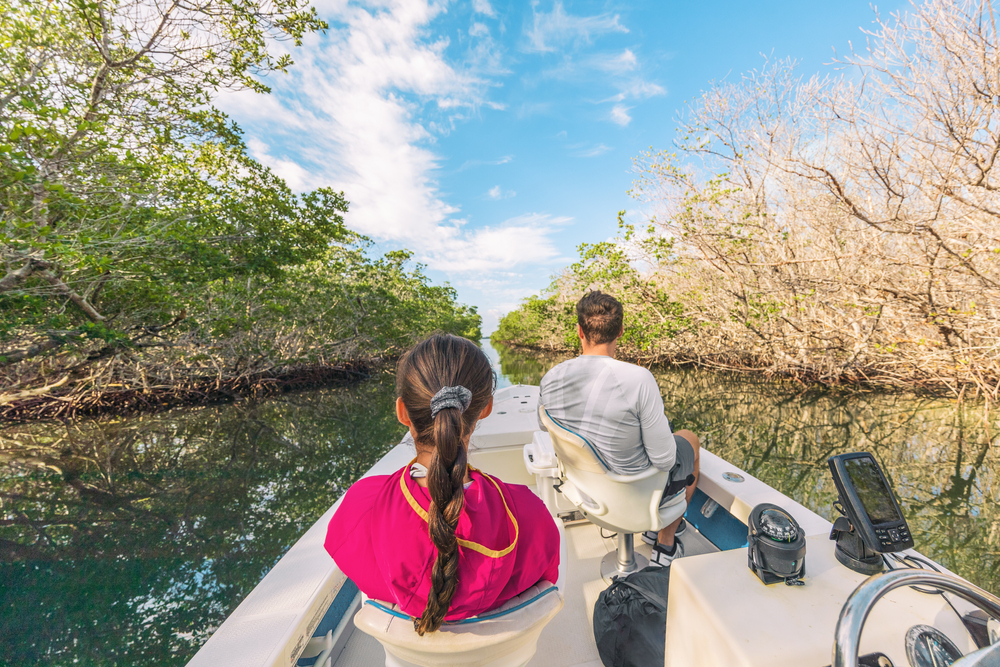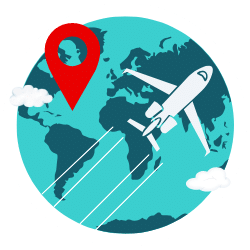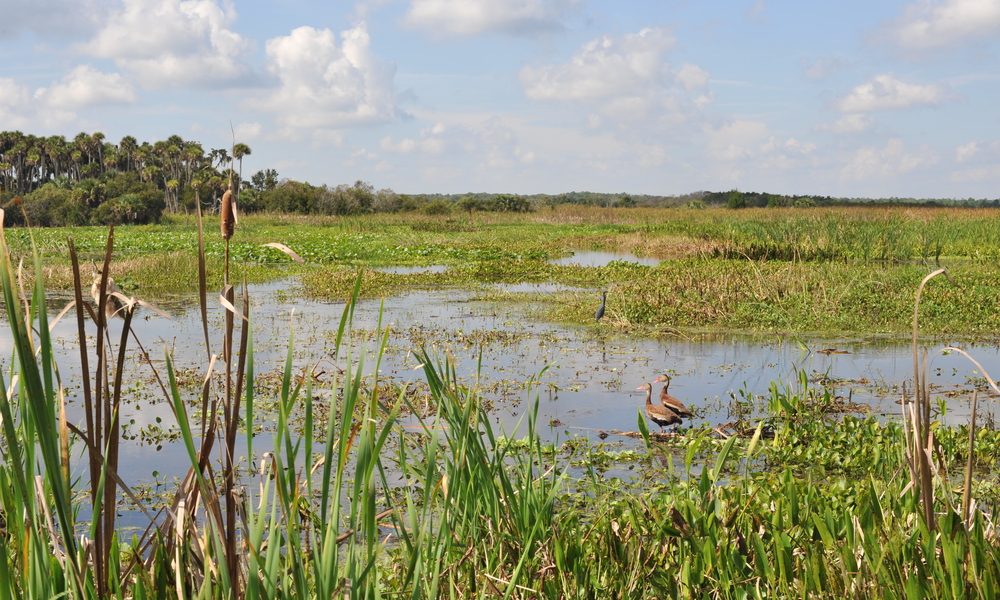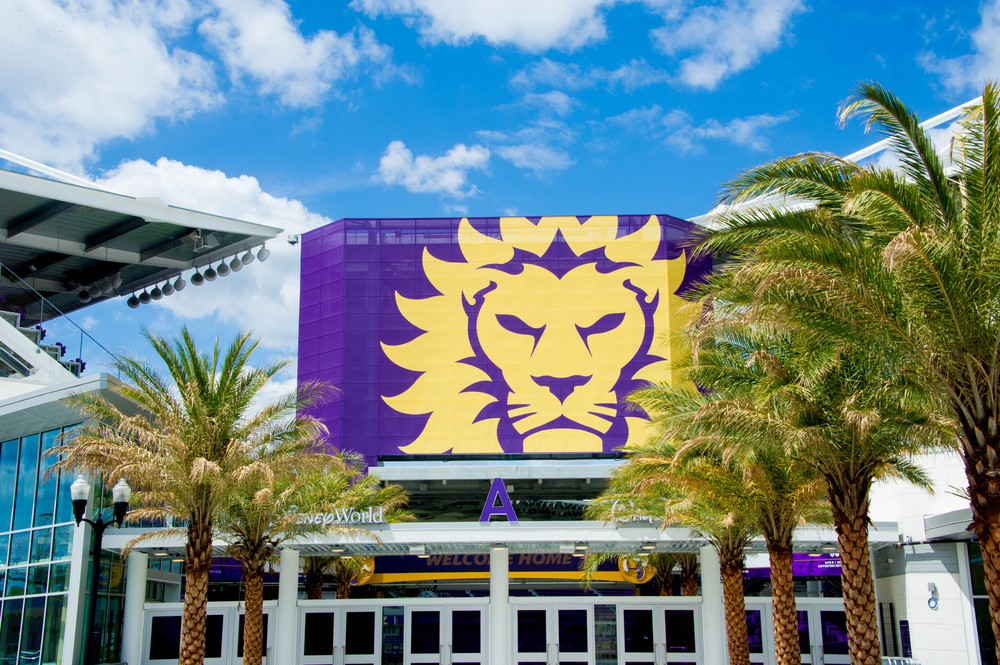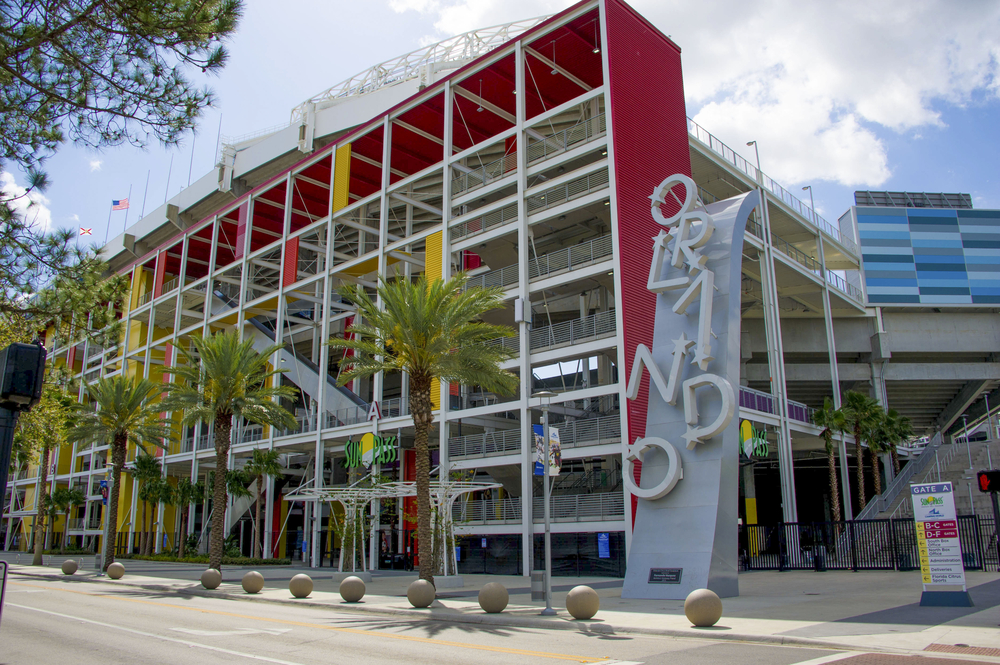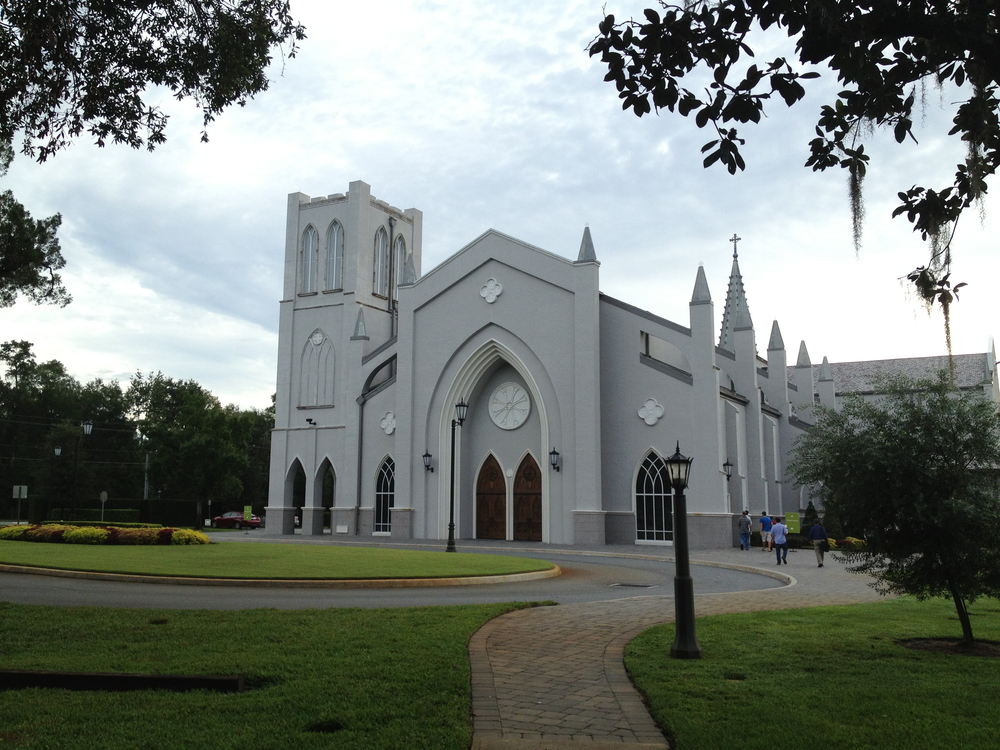Nestled in the city of Orlando lies a hidden gem that is often overshadowed by the region’s famed theme parks and attractions: the Orlando Wetlands Park. This expansive, man-made wetland serves a dual purpose as a water reclamation project and as a wildlife sanctuary, providing visitors with an opportunity to engage with Florida’s natural environment. This guide takes you through the park’s creation, its importance to the ecosystem, and the myriad of activities that await those who venture into its lush landscapes.
History
Orlando Wetlands Park was established in 1987 as an innovative solution to wastewater treatment. Unlike traditional water treatment facilities, this park uses a series of ponds and marshes to naturally filter reclaimed water before it enters the St. Johns River watershed. Over the years, it has flourished into a thriving ecosystem, restoring a portion of the historic Florida Everglades and providing a habitat for countless wildlife species.
Facts
- Size: The park covers approximately 1,650 acres of land, with over 20 miles of berms that visitors can explore.
- Ecosystems: It comprises a mix of hardwood hammocks, marshes, and open water ponds.
- Biodiversity: The park is home to over 220 bird species, American alligators, otters, and various species of turtles, fish, and plants.
- Conservation Efforts: Beyond water treatment, the park plays a significant role in preserving endangered species and educating the public on wetland conservation.
Location
Orlando Wetlands Park is located at 25155 Wheeler Road, Christmas, Florida. This makes it an accessible day trip for those staying in Orlando or the surrounding areas.
Opening Hours
The park is open to the public from sunrise to sunset, Friday through Sunday, from February 1 to November 14. It remains closed from November 15 to January 31 for maintenance and to provide sanctuary for migrating birds.
Things to Do
Wildlife Viewing and Birdwatching
The park is a paradise for birdwatchers, with a chance to see a variety of species, including rare and migratory birds.
Hiking and Biking
Visitors can enjoy miles of berm trails suitable for hiking and biking, offering a closer look at the park’s diverse habitats.
Guided Tours
Free guided tours are available, providing educational insights into the park’s operations and the wildlife that inhabits it.
Photography
With its scenic landscapes and abundant wildlife, the park is a favorite spot for photographers of all skill levels.
Fishing
Catch-and-release fishing is allowed in designated areas, offering a peaceful way to enjoy the park’s aquatic environments.
Tips For Visiting
- Prepare for the Outdoors: Wear appropriate clothing, sturdy shoes, and bring sun protection and insect repellent.
- Check the Weather: Florida weather can be unpredictable; be prepared for sudden rain showers.
- Stay Hydrated: Bring plenty of water, especially during the hotter months.
- Respect the Wildlife: Observe from a distance and do not disturb the animals or their habitats.
- Trail Etiquette: Share the trails with all users and yield to slower traffic.
- Pack In, Pack Out: Help maintain the park’s beauty by taking your trash with you.
Conclusion
Orlando Wetlands Park is a testament to the ingenuity of human engineering and its ability to coexist with nature. This park not only serves a critical function in water treatment and conservation but also provides a tranquil escape for those looking to immerse themselves in Florida’s wetland ecosystems. With a blend of recreational activities, educational opportunities, and conservation efforts, Orlando Wetlands Park is a unique and valuable resource that adds to the richness of the region’s natural attractions. Whether you’re a local resident or a visitor to Orlando, a trip to this park is an enriching experience that connects you to the wild heart of Florida.
